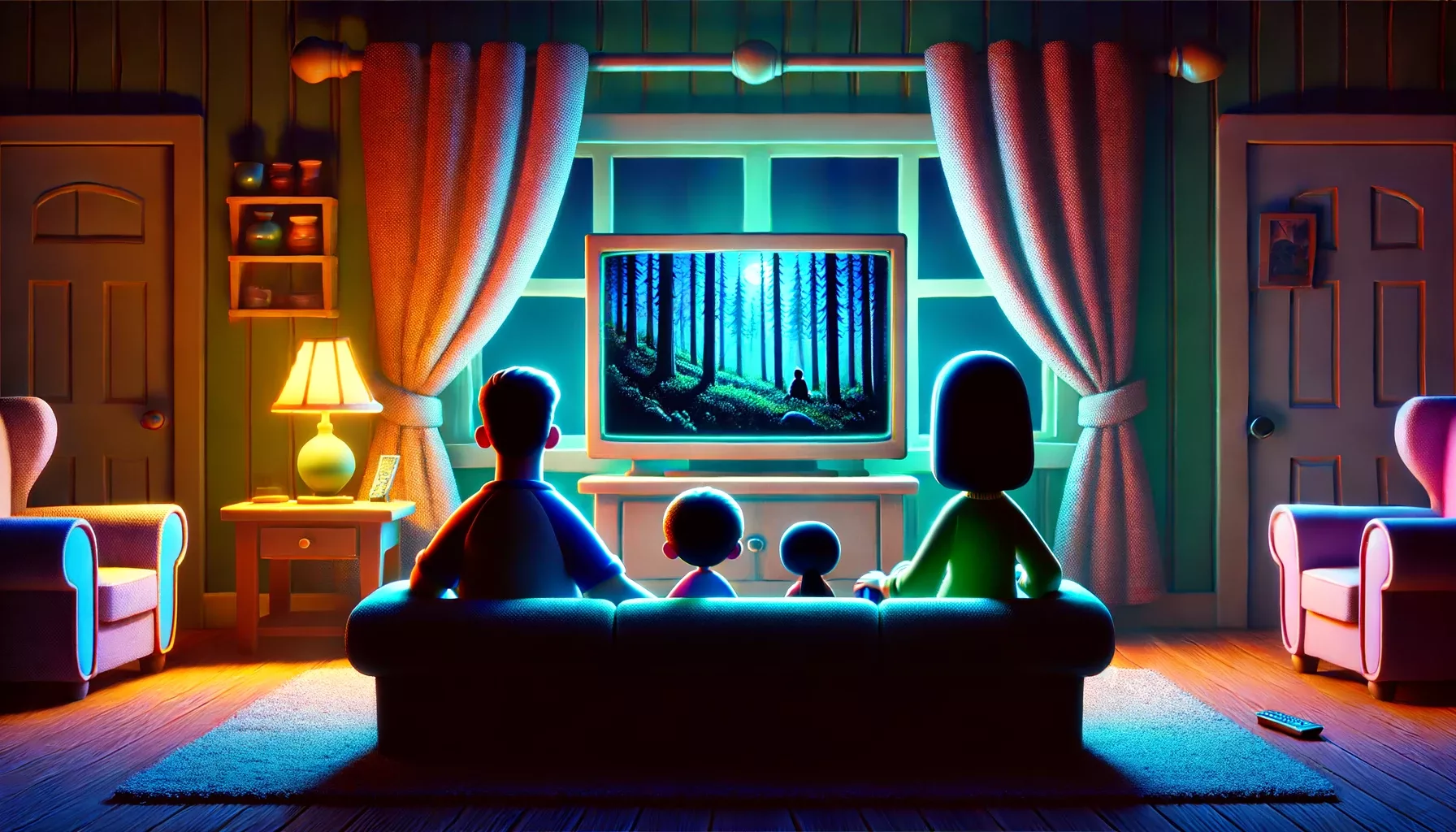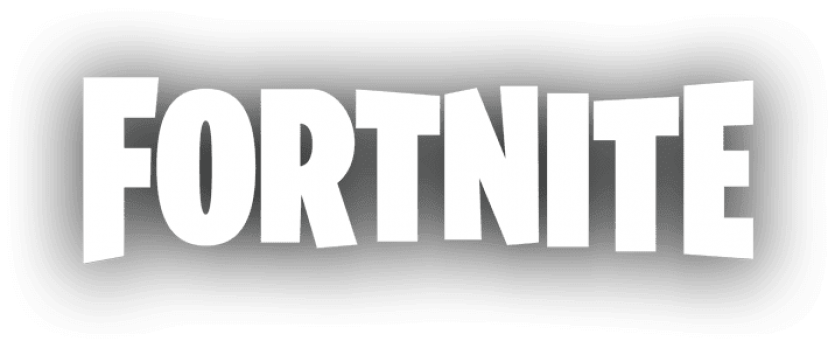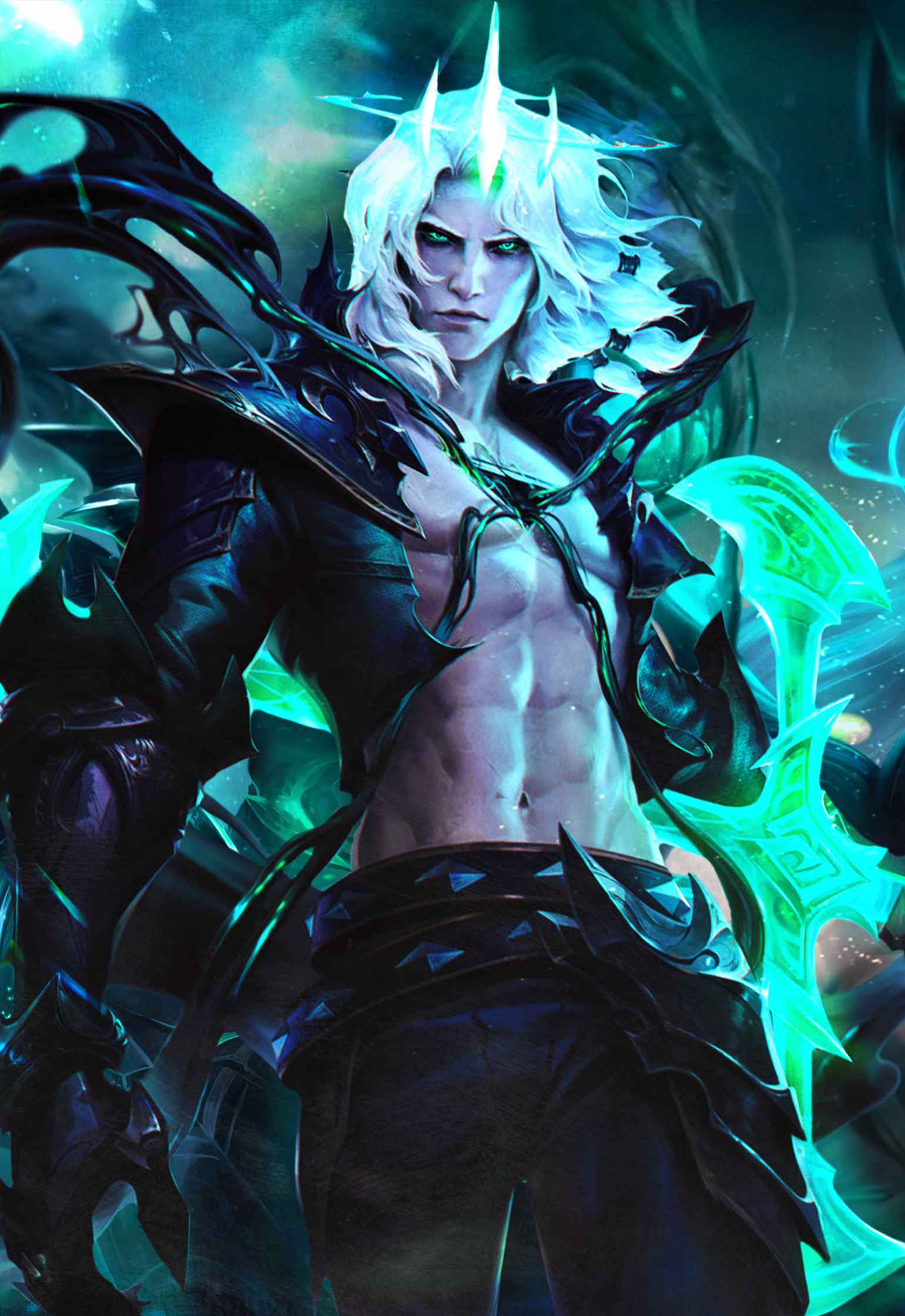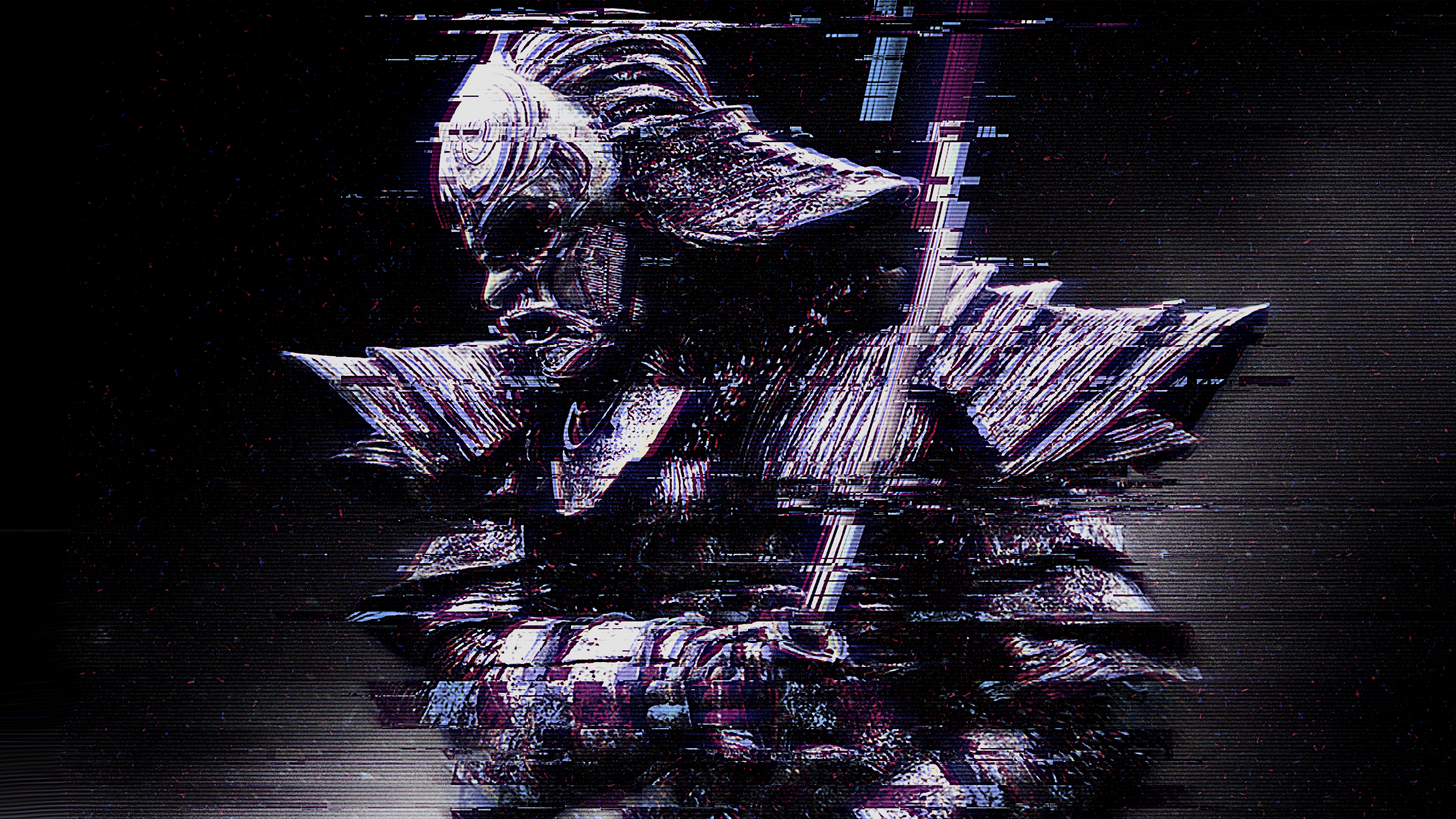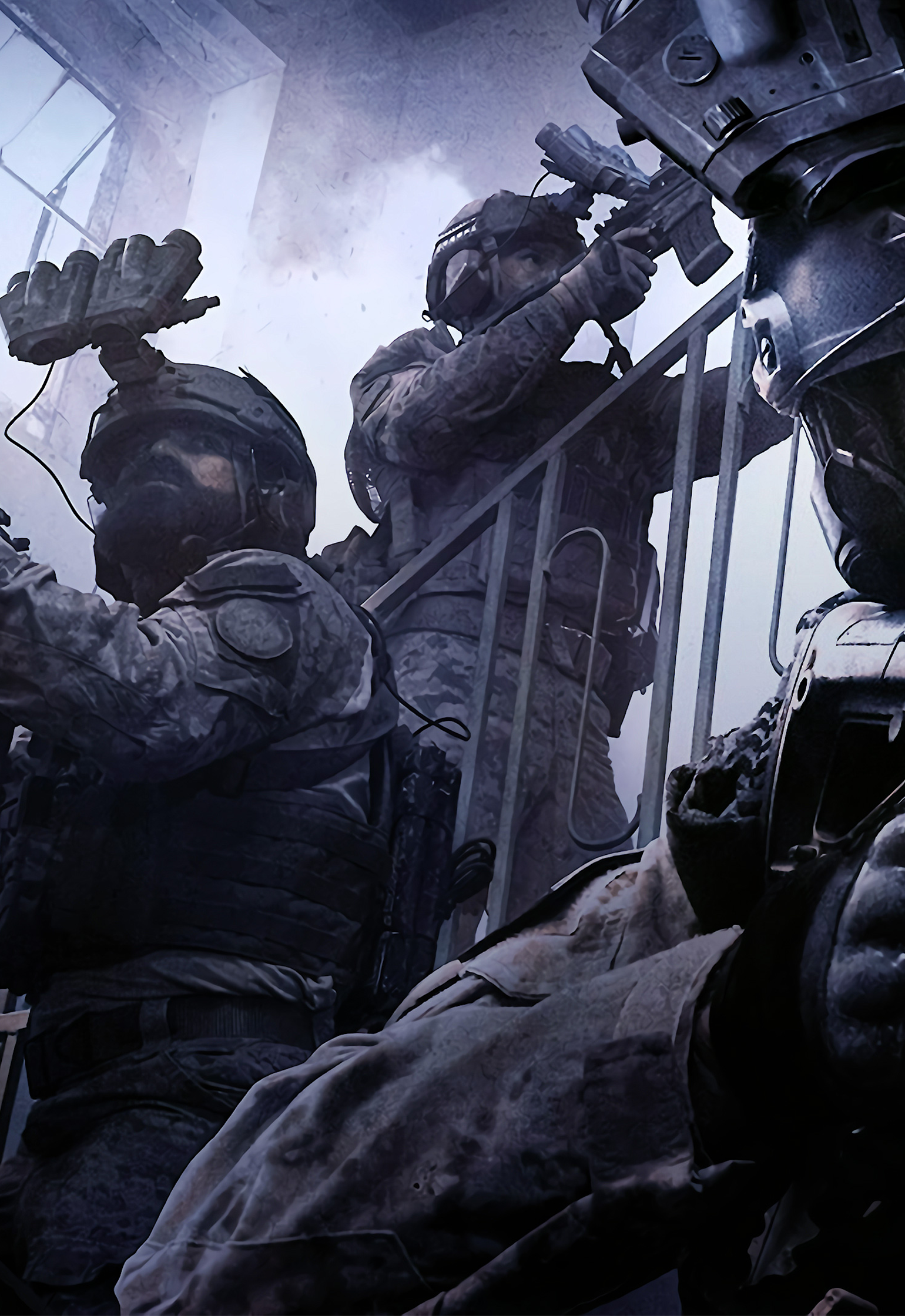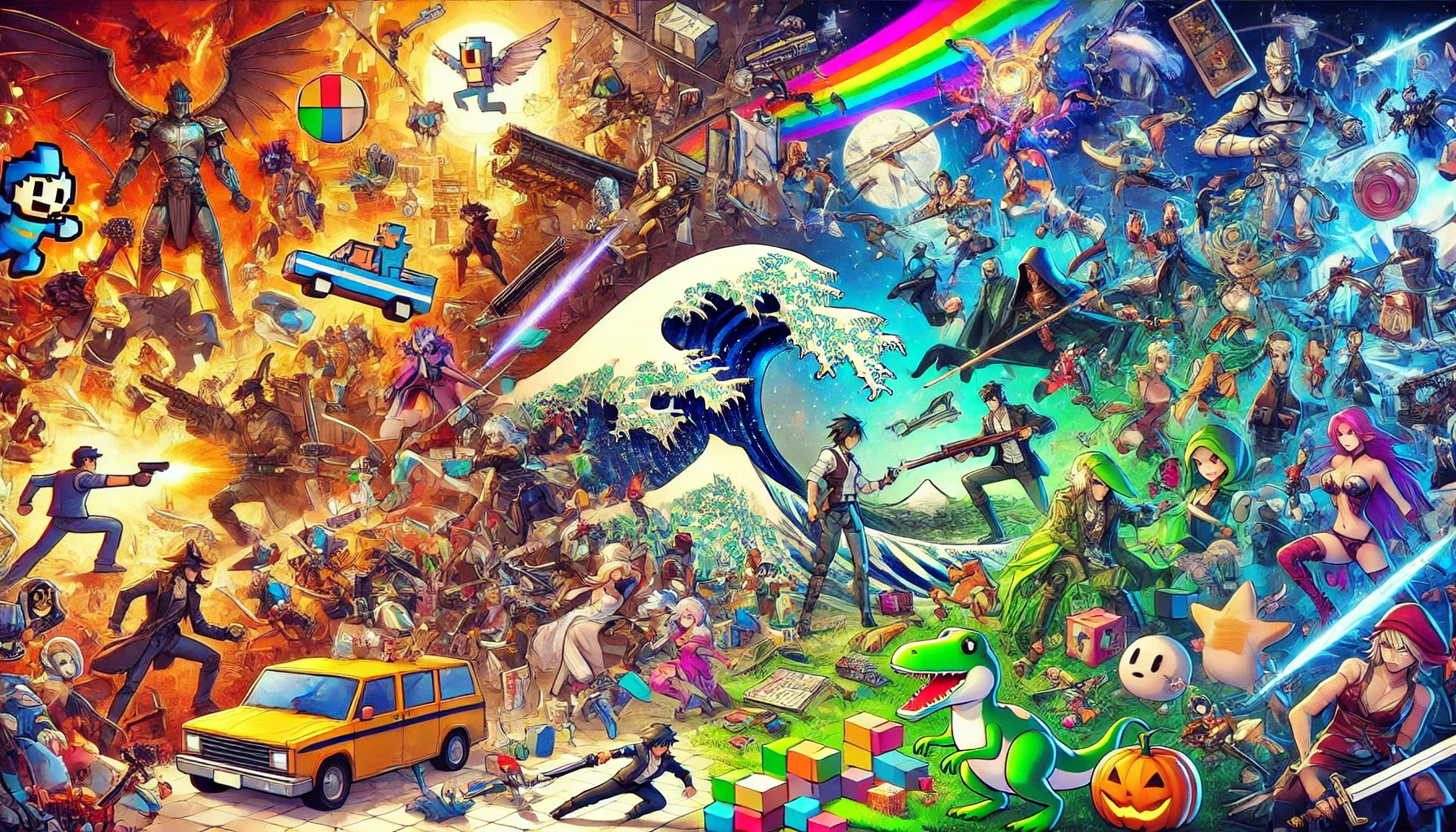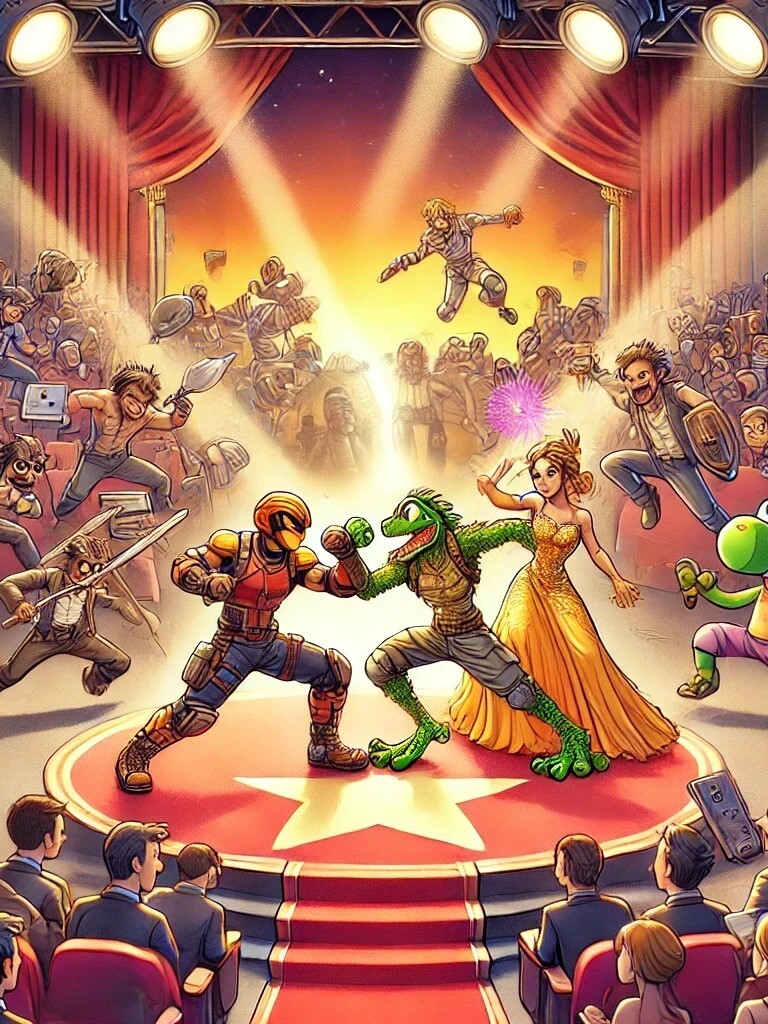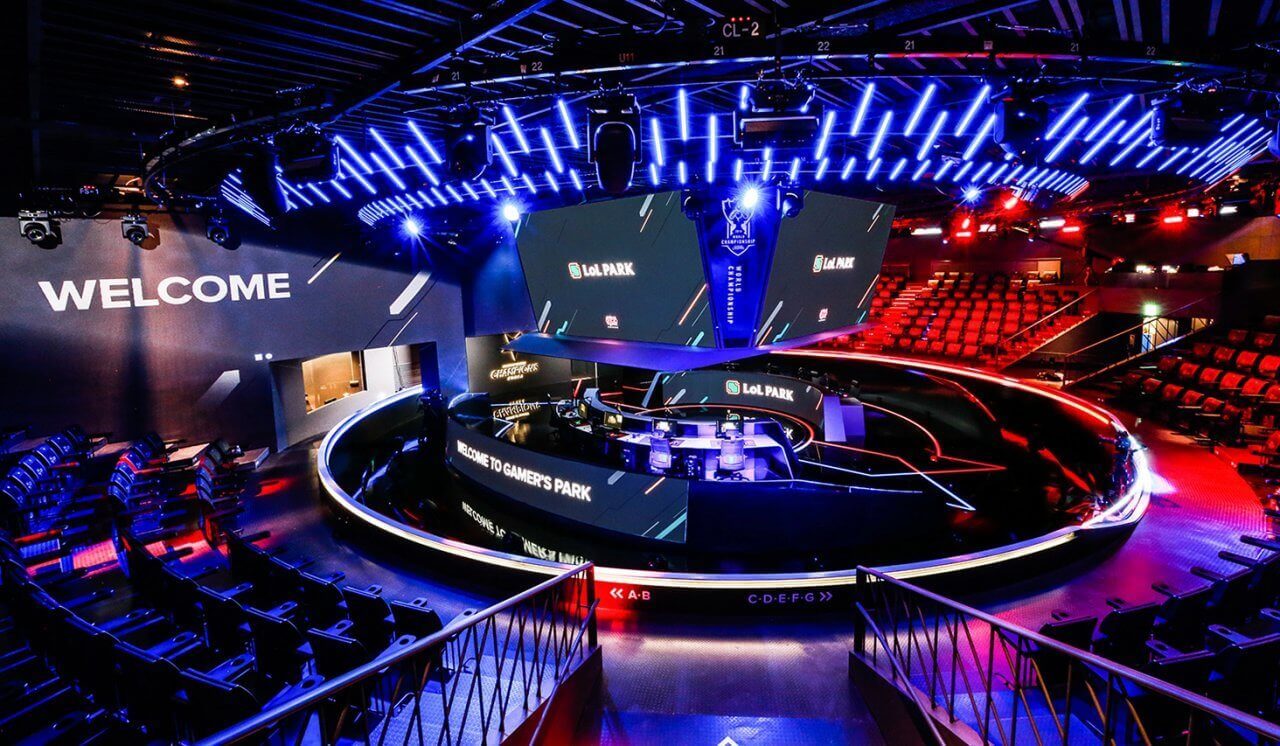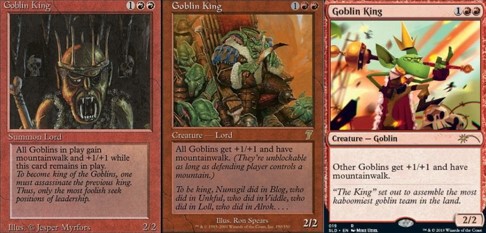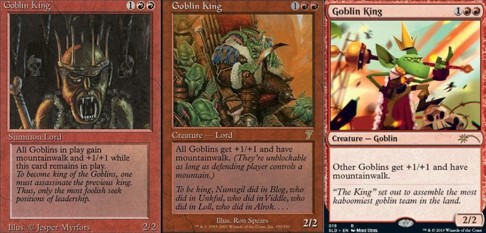
Magic has gone through countless iterations for it’s close to 3 decades of existence and this certainly includes the very cards’ graphic design and presentation. Some styles are just for looks, but others have a greater purpose. If you’ve ever been confused by a white-bordered Llanowar Elves or a silver-bordered City of Ass, now’s the time to learn what this is all about.
Hardcore Magic players can probably count all the card styles introduced in the game, but let’s face it - most of us haven’t been playing for 25 years and don’t even own Gideon’s Spellbook, which is still available in local gaming stores.
It’s easy to go to MTGA or play a pre-release and don’t even think about older cards, but sit for a game of Commander, and suddenly half of the cards on the battlefield look like they come from different games. Let’s cross the border!
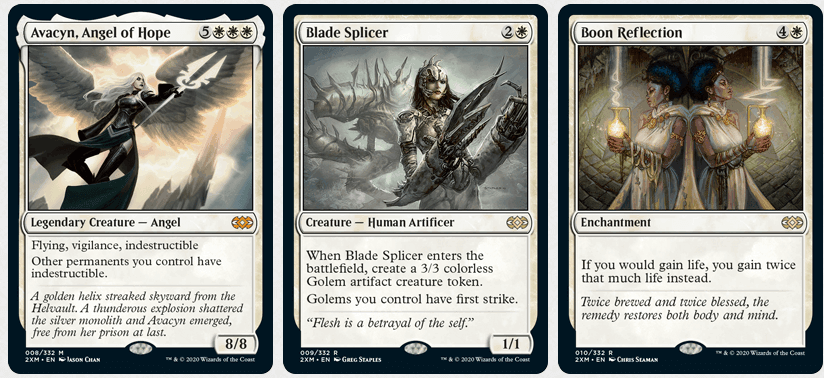
Black Border
This is the default way for a card to look and has been since the very first Magic cards back in 1993. A black border surrounding the card pretty much means this is the default, expected form of the card and there’s nothing special with it - at least border-wise.
Recently, Wizards has been introducing extended art “box-topper” collector’s versions of cards that have bigger artwork to the left and right, but even these have a black border - wherever there’s one, to begin with.
The so-called M15 card frame that’s been going on to this day introduced a few things to the visual style of Magic. First, it coined the font (Beleren, named after the planeswalker Jace Beleren), it added the shiny holofoil stamp to all Rare, Mythic, or otherwise valuable cards, and extended the black border to cover a large chunk of the bottom of the card to help with machine reading - a very useful feature for places like Twitch.
In short, the black border means default, and usually nothing exciting.

White Border
Every Commander group has this one guy who has a crazy gimmick in his deck - you know, the sort of guy who would drop a white-bordered John Avon Island on turn one.
Well, the white frame - while it was a thing - simply means that the particular card is a reprint. For a long time, Wizards had the practice to issue cards in black frames the first time around, but if the same card would return as part of another set later, they will print it in white just to let players this one isn’t new.
At some point, research proved that players don’t like the mix of black and white borders in the same decks, so this practice was eventually scrapped. And good thing, too, because pretty much every set has dozen, sometimes hundreds of reprints.
As for those players who hate to see different borders…

Silver Border
Silver-border cards were introduced with Magic’s first joke set, Unglued as a way to communicate that these whacky cards, while 100% official, are not tournament legal. This tradition has since been kept with the 3 other Un- sets: Unhinged, Unstable, and Unsanctioned, the former being a box set of older Un- cards and a few new ones. Wow, imagine if the reprinted had to be in both silver and white!
Anyway, a silver border means that these cards are only playable with other silver-bordered cards and are not meant for serious tournament play, even though the Un- sets are excellent for Draft and some silver-bordered cards were even permitted in Commander for just a short while.
There are also gold-bordered cards introduced with the World Championship decks - these are not considered playable Magic cards and even have a different back. Gold-bordered cards are nothing more than novel token and a purely collectible item.
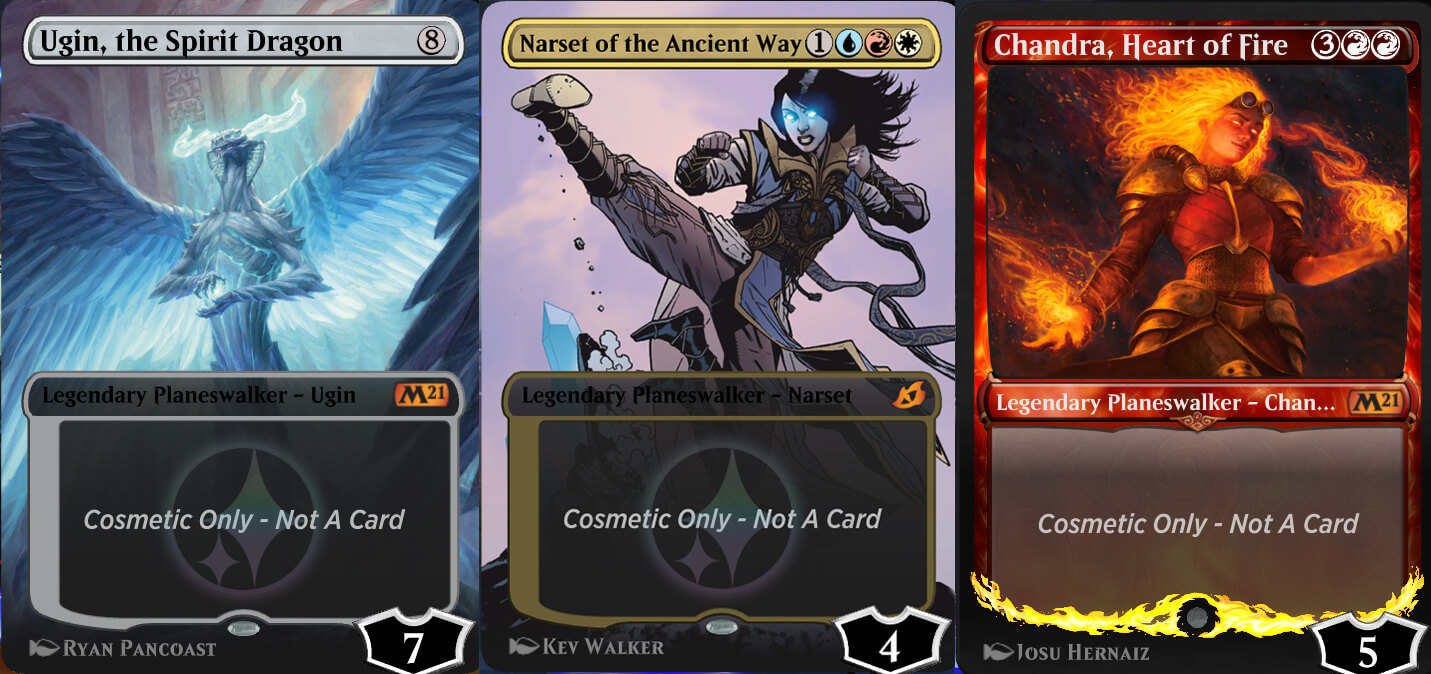
Are There Others?
Oh, yes! There are dozens of styles in MTG! Some have a mechanical purpose, others are just for aesthetics. Like we mentioned before, there are the extended art promos. There are Planeshifted and Futureshifted cards, such as the original printing of Tarmogoyf. There are the Masterpiece series such as the Kaladesh Inventions and the Amonkhet Invocations - there are so many, it’s not even worth it to list them off here.
The takeaway point is: don’t stress over it. Other than the silver ones, the color of the border (or the lack of border altogether), does not change the function or legality of a card, so it’s never a big deal. However, Magic officiates will always have a preference, so those white-bordered Islands are only going to be more valuable as time goes on.




